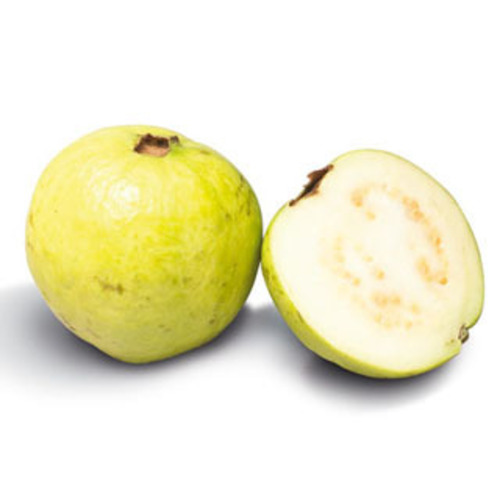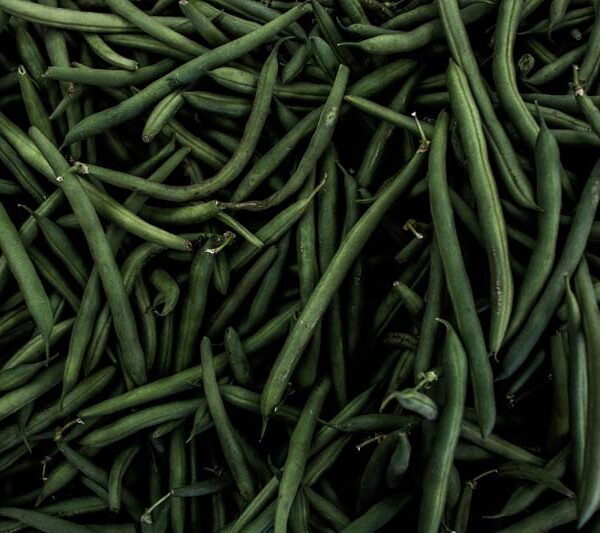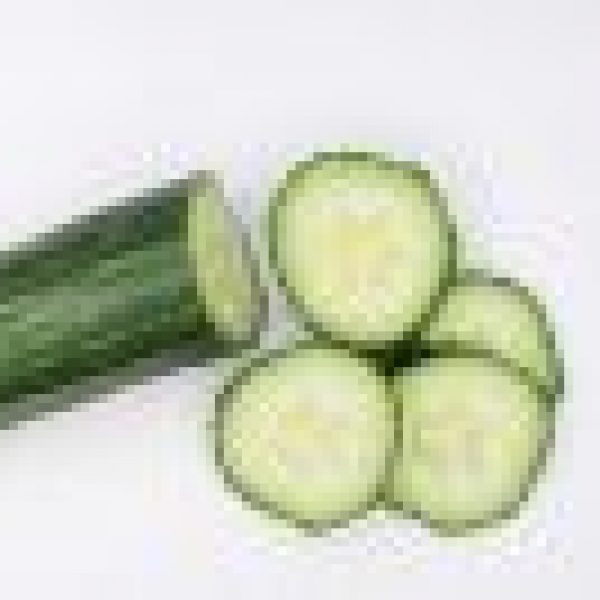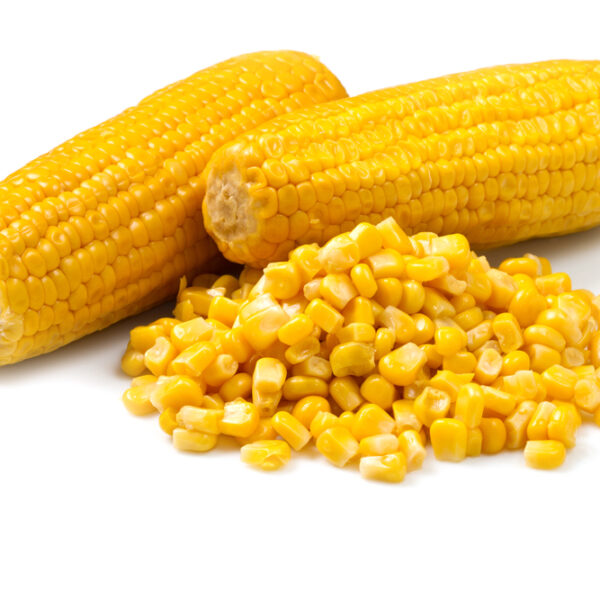Guava
Guavas originated from an area thought to extend from Mexico, Central America or northern South America throughout the Caribbean region.[2][4][5] Archaeological sites in Peru yielded evidence of guava cultivation as early as 2500 BCE.[5]
Guava was adopted as a crop in subtropical and tropical Asia, parts of the United States (from Tennessee and North Carolina, southward, as well as the west and Hawaii), tropical Africa, South Asia, Southeast Asia, and Oceania.[4] Guavas were introduced to Florida, US in the 19th century[2] and are grown there as far north as Sarasota, Chipley, Waldo and Fort Pierce. However, they are a primary host of the Caribbean fruit fly and must be protected against infestation in areas of Florida where this pest is present.[6]
Guavas are cultivated in many tropical and subtropical countries.[2][4] Several species are grown commercially; apple guava and its cultivars are those most commonly traded internationally.[2] Guavas also grow in southwestern Europe, specifically the Costa del Sol on Málaga, (Spain) and Greece where guavas have been commercially grown since the middle of the 20th century and they proliferate as cultivars.[4] Mature trees of most species are fairly cold-hardy and can survive temperatures slightly colder than −4 °C (25 °F) for short periods of time, but younger plants will likely freeze to the ground.[7]
Enquire




